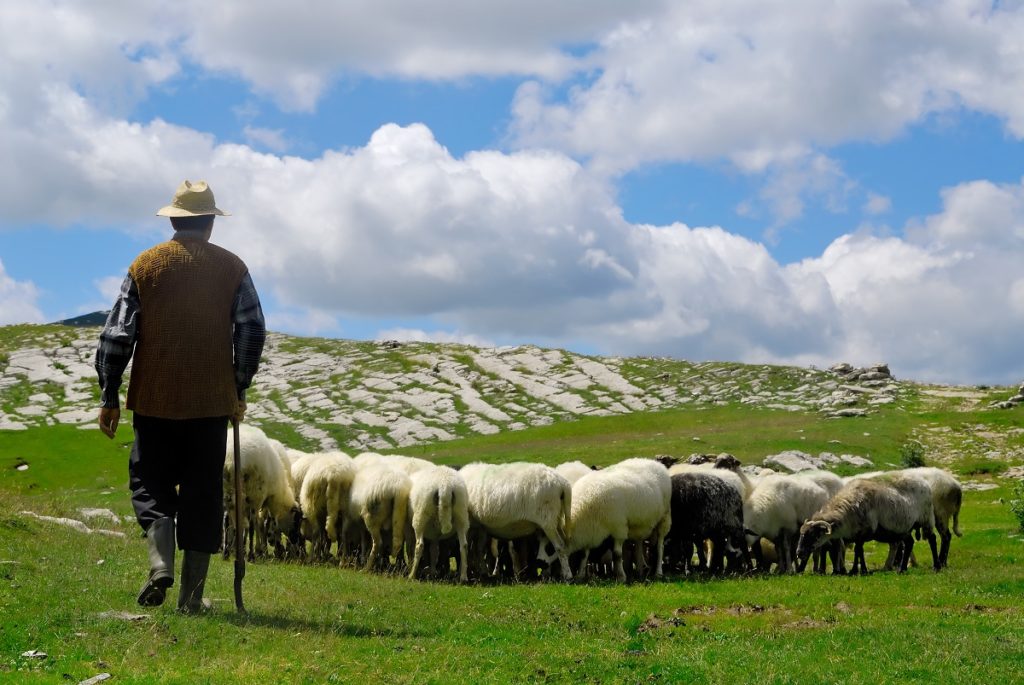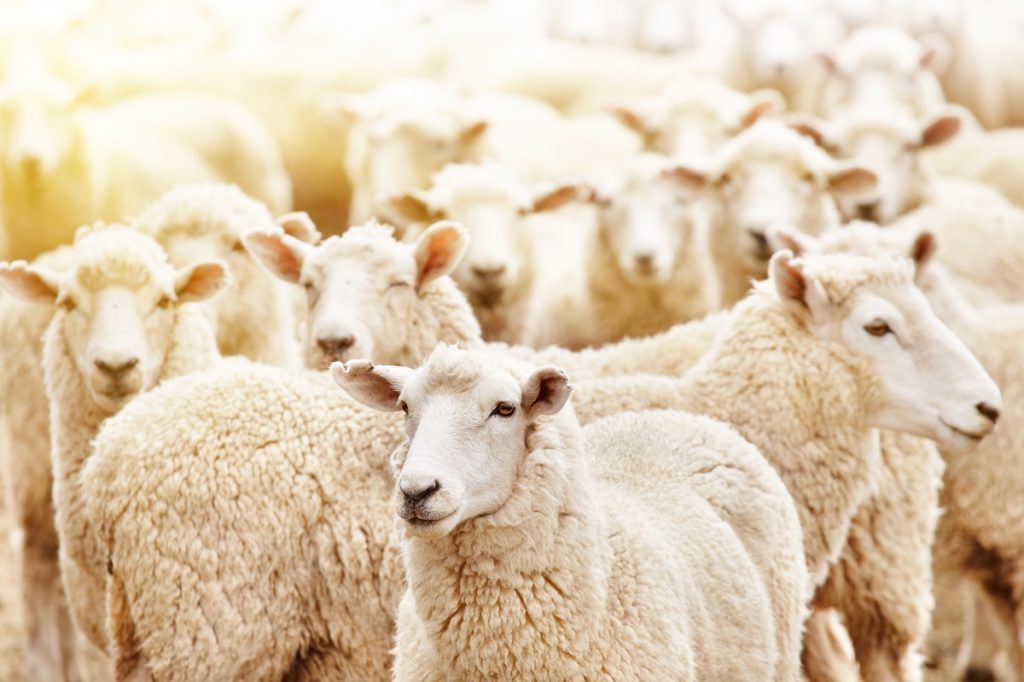Disclaimer: What Liberty Ate. This site provides food and drink content for informational purposes only.
Shearing is a high-risk job. If it’s your first time to work in a wool shearing shed, you must be mindful of the standards to ensure your health and safety within the working environment, as farms are considered dangerous workplaces. According to statistics, many farms employees are harmed at work each year.
Since the critical factors for higher profits are speed and efficiency of the workers, it’s important to make sure that the safety requirements of a trimming shed are always met. With a high level of security by following industry guidelines, farmers, shearing contractors, and employees can work safely all year round.
What are the Health Hazards in Shearing?
- Some workers complain of pain in the back and other parts of the body, such as hands, arms, shoulders, and knees due to prolonged work.
- Cuts and bruising occur when you are not careful in doing the task.
- Misuse of machinery and other motor vehicles leads to injuries.
- The chaotic working environment causes tripping, slipping, and falling, which results in injuries.
- Some workers complain about heat exhaustion and heat stroke due to a working environment without proper ventilation.
- Keeping unhealthy animals in the shed can pose a health risk to the people working on the premises.
How the State Regulates Workplaces in NSW, Australia
SafeWork NSW is the state’s health and safety watchdog of working environments. It focuses on harm deterrence and refining the safety culture in the workplaces, farms and wool sheds are included. It’s a regulatory board that affords certifying and registration for potentially risky work.
They investigate the workplace before granting permits. Their tasks include checking the electrical work, inspecting the business premises to know if it’s safe for employees, and many more. In addition, the agency has the power to issue the prohibition of business in question and take prosecution action when necessary.
Safe Sheep Handling

Here’s a practical guide to handling sheep safely and effectively to reduce the risk of injuries and fatalities:
- Acquire adequate training: Before you try shearing, you must gain sufficient knowledge of working with sheep by attending training sessions to gain the experience.
- Clean your workplace: Always keep the woolshed well-maintained and clean.
- Stay hygienic: Protect your health by washing your hands after working with sheep.
- Catch sheep properly: As much as possible, refrain from chasing the sheep across the pen as this will be a difficult undertaking on your part, and it stresses the animal significantly. Experts suggest that leaving the sheep for 30 minutes can help calm them down.
To catch the sheep, you need a neck or leg crook for more extended reach. Catching the sheep around the neck using a crook is better than catching it by the hind leg, as it prevents damaging the sheep’s legs and udder. You can train a dog to help you work with sheep. This will help you save a tremendous amount of effort. Just make sure the dog is reliable and won’t harm the group of sheep.
It’s a good thing when your employer provides benefits such as amenities, accommodation, transportation allowance, etc. to help you manage your expenses. But the most critical aspect that you should never overlook is your health insurance. Talk to a reliable insurance agent to get adequate information about everything that you need when you work in a wool shearing facility.

